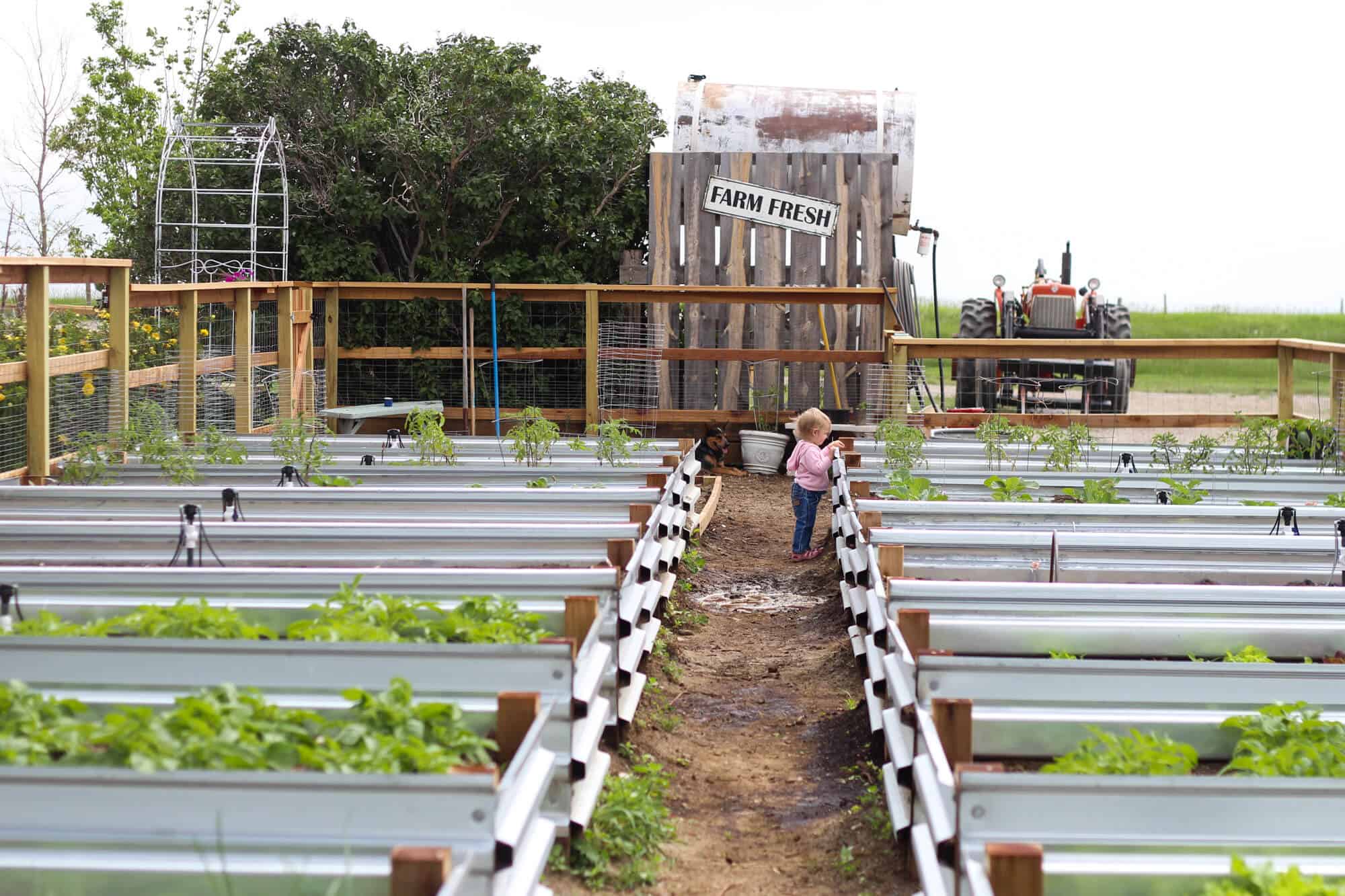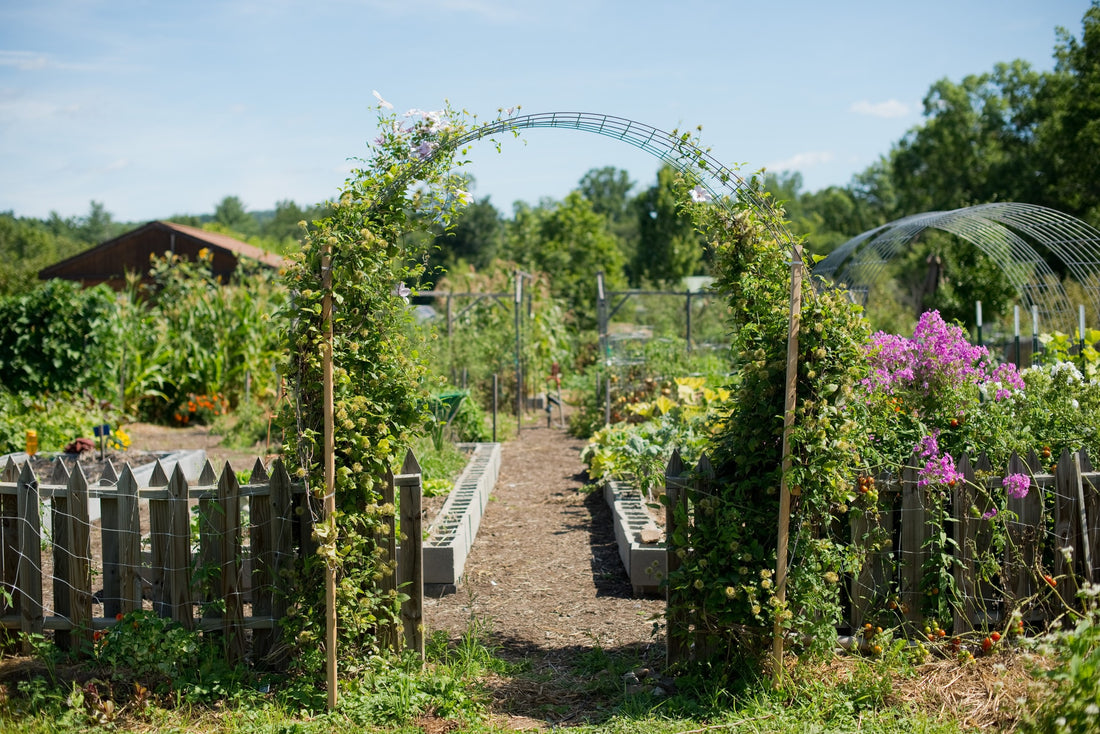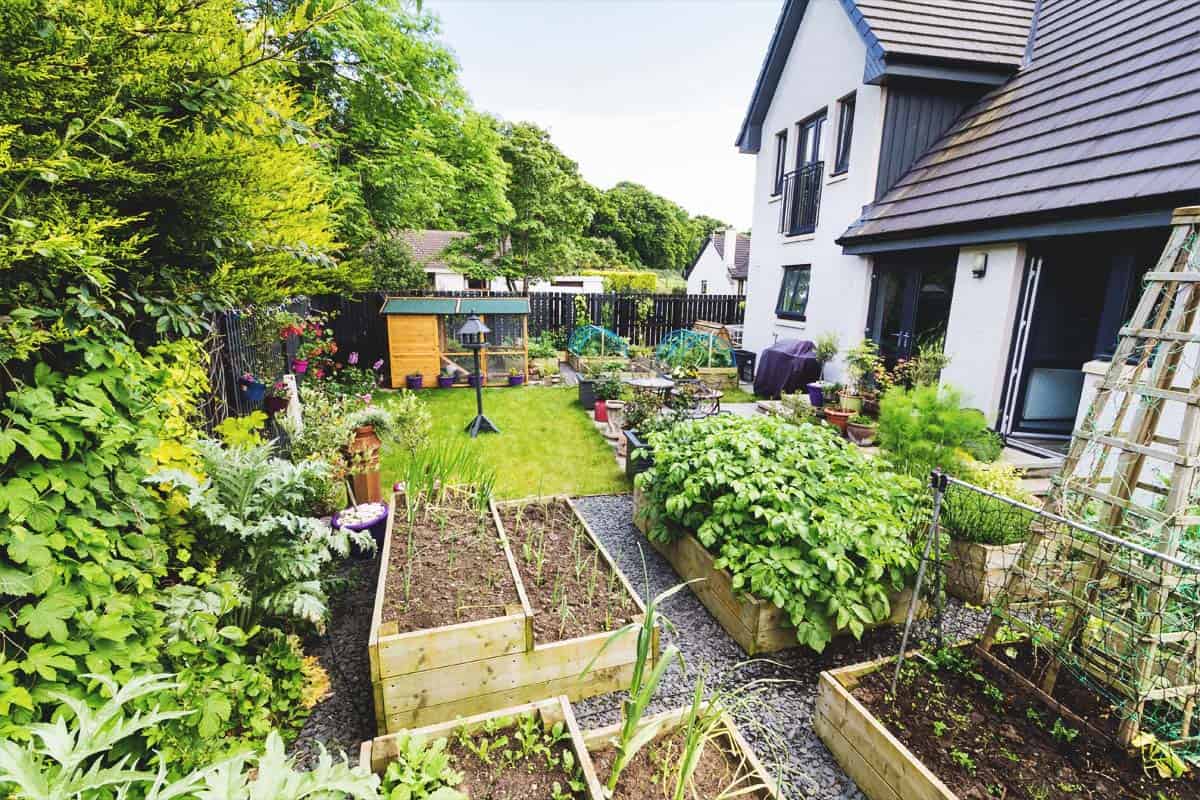Organic and Sustainable Practices for Homestead Gardening
Organic and Sustainable Practices for Homestead Gardening
Blog Article
Enhance Your Outdoor Location With Creative Gardening Styles and Layouts
By exploring numerous styles, such as the captivating informality of cottage gardens or the minimalism of contemporary looks, one can substantially elevate the setting of their surroundings. Additionally, integrating upright horticulture techniques and sustainable practices not only boosts visual charm however also advertises ecological awareness.

Cottage Garden Charm
Home yards, typically characterized by their rich, casual designs, accept a harmonious blend of blossoms, veggies, and herbs, developing a vibrant tapestry of color and fragrance. This conventional horticulture design days back to the late 19th century, originating in England, and is treasured for its enchanting, romantic charm.
Trick elements of cottage gardens consist of the usage of seasonal plants, climbing vines, and self-seeding annuals, which add to an ever-evolving landscape. Planting in dense clusters encourages a naturalistic appearance, enabling a diverse mix of shades and structures. Popular blossoms such as delphiniums, foxgloves, and hollyhocks come together with great smelling natural herbs like lavender and rosemary, improving sensory experiences while promoting biodiversity.
Incorporating rustic features, such as weather-beaten trellises, wooden fences, or rock pathways, better enhances the visual of a home garden. This style not just prioritizes elegance however also embraces sustainability, as numerous plants are picked for their ability to bring in pollinators and supply food. Ultimately, the cottage yard charm lies in its unwinded, welcoming atmosphere, urging a deep link with nature while providing an ideal hideaway for leisure and enjoyment.
Modern Landscape Appearances
While the beauty of home yards stimulates a feeling of nostalgia and fancifulness, contemporary landscape visual appeals welcome an even more streamlined and minimalist technique. This contemporary design stresses simpleness, performance, and an integration with the surrounding setting. Clean lines, geometric shapes, and a restricted shade scheme define modern landscaping, enabling nature's elegance to take facility phase without unnecessary disturbances.
Materials play an essential duty in attaining this visual. Concrete, metal, and natural stone are regularly used to develop hardscapes that complement the landscape as opposed to bewilder it. In enhancement, the mindful option of plants is fundamental; indigenous species and ornamental lawns are commonly favored for their reduced upkeep and capacity to flourish in local problems.
Water functions, such as sleek fish ponds or showing swimming pools, are likewise important to contemporary designs, offering serenity and a prime focus. Sustainable practices, consisting of xeriscaping and the usage of absorptive products, boost the ecological duty of modern-day landscape design. Inevitably, modern-day landscape visual appeals offer a chance to develop relaxing outside spaces that reflect modern values while fostering a deeper link to nature.
Vertical Horticulture Advancements
Vertical gardening advancements have changed the means we approach horticulture in minimal rooms, enabling the farming of plants in city settings where ground room is limited. These innovative strategies and structures permit garden enthusiasts to take full advantage of upright surface areas, changing walls, fences, and even porches right into lush environment-friendly spaces.
One popular innovation is the use of modular systems, which include interlocking panels that can be easily set up and reorganized - Homestead Gardening. These panels typically come outfitted with integrated watering systems, ensuring that plants receive appropriate dampness while decreasing water waste. Furthermore, upright gardens can include a variety of plants, from flowering types to edible herbs, advertising biodiversity and improving aesthetics
One more noteworthy innovation is the combination of clever modern technology, such as sensing units that keep track of soil wetness and nutrient levels. This innovation allows for exact treatment customized to the demands of private plants, making sure ideal check out here growth and wellness. Additionally, vertical planters and lightweight materials made from recycled products add to sustainability while minimizing the physical concern of typical gardening.
Lasting Horticulture Practices
Lasting horticulture methods have arised as an important technique for gardeners seeking to decrease their environmental effect while enhancing the health of their communities. These practices concentrate on the cautious administration of all-natural sources, promoting biodiversity, and cultivating a resilient landscape.
One trick component of sustainable horticulture is dirt health. Utilizing natural garden compost, mulching, and plant turning enhances the dirt, promoting valuable microorganisms and reducing the requirement for chemical fertilizers. Furthermore, native plants are motivated, as they require much less water and are a lot more resistant to local parasites, hence minimizing dependence on chemicals.

Additionally, sustainable horticulture motivates using recycled materials for garden structures and paths, minimizing waste and environmental effect. By embracing these techniques, garden enthusiasts can develop a growing exterior area that integrates with nature, ensuring both individual pleasure and ecological responsibility.
Themed Yard Inspirations
Producing a themed yard can transform an ordinary exterior space into a fascinating shelter that reflects individual design and interests. Themed gardens supply a distinct chance to share creativity while enhancing the aesthetic appeal of one's landscape. Popular styles include Japanese Zen yards, which stress try these out tranquility through very carefully prepared rocks, water features, and minimalist plantings.
An additional motivating theme is the home garden, characterized by a casual layout full of an abundance of fragrant natural herbs and colorful flowers. This style advertises biodiversity and draws in pollinators, making it both environmentally useful and gorgeous.
For those with a penchant for journey, an exotic garden can evoke a vacation feeling, featuring bold foliage, vibrant blooms, and possibly also a little water attribute to resemble a resort environment.
Conversely, a themed garden can draw inspiration from literature or history, such as a Shakespearean garden that includes his comment is here plants mentioned in the Poet's jobs.
Picking a theme not just offers instructions in plant option and format yet also develops a cohesive setting that welcomes exploration and satisfaction, making outside areas absolutely unique.
Verdict

Incorporating rustic features, such as weathered trellises, wood fencings, or stone pathways, further boosts the visual of a cottage yard. Furthermore, upright yards can integrate a range of plants, from flowering types to edible herbs, advertising biodiversity and enhancing aesthetics.
Creating a themed garden can transform an average outdoor area into a fascinating haven that shows individual style and rate of interests. Themed gardens supply an one-of-a-kind chance to express imagination while improving the visual allure of one's landscape. The beauty of cottage yards, the sleekness of modern-day landscapes, ingenious vertical horticulture strategies, lasting techniques, and themed yards each add unique elements that foster both charm and performance.
Report this page